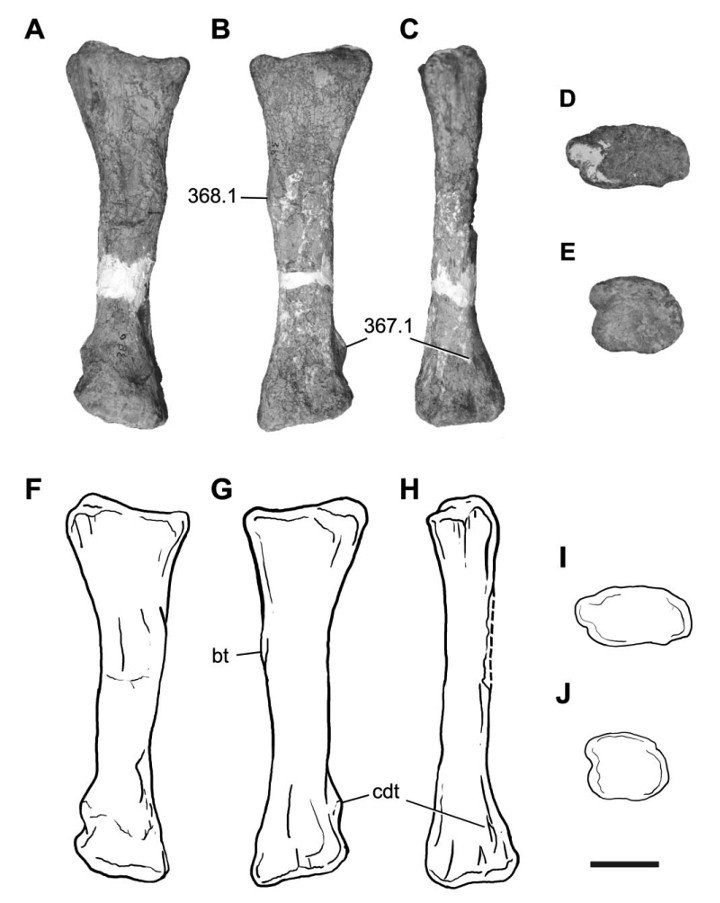A new species of dinosaur is discovered in South Africa
A MEF paleontologist is involved in the recent discovery made between Argentine and South African researchers that highlights the importance of both territories in the origin and diversification of sauropods.
Sefapanosaurus zastronensis, as he was named because of the particularity of its ankle bone in a cross shape, belonged to the group of basal Sauropodomorphs, bipedal herbivores with long necks and small heads, ancestors of the sauropods, the large four-legged, long-necked dinosaurs.
In 1930, in the district of Zastron (South Africa), it was extracted a part of the left foot and several pieces of the spine and limbs of a dinosaur which was initially classified as a primitive sauropodomorph.
This new study found that the fossils are actually from a new intermediate genre between bipeds Sauropodomorphs and quadrupeds sauropods, supporting the hypothesis that the origin of the latter was between Argentina and SouthAfrica.

It is recalled that in the early Jurassic period, when Sefapanosaurus lived, South America and Africa were joined together as part of Gondwana supercontinent.
According to paleontologist Diego Pol (CONICET-MEF) the interesting part of studying dinosaurs of this group is understanding how they managed to be the first inhabitants in every continent on the planet, conquering all continental terrestrial ecosystems.
This study, published in the magazine Zoological Journal of the Linnean Society, was carried out in the framework of a CONICET’s project of International Cooperation with South Africa in order to study the dinosaurs that lived in these regions about 210-190 million years ago back.